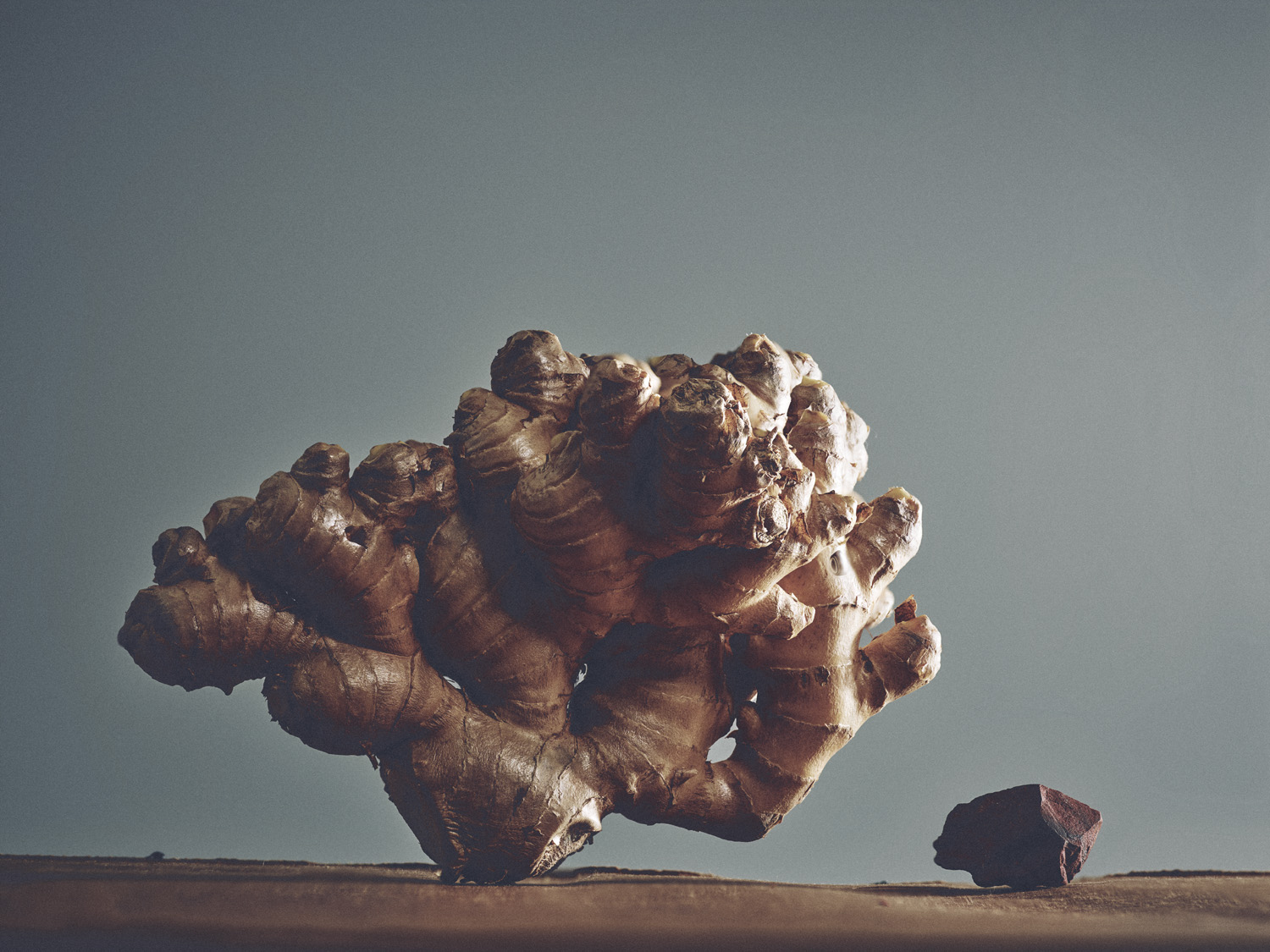
Miniature landscapes with focus stacking
By Andrew Paquette – HIs website – www.paqphoto.com
A few weeks ago, I tested out a Phase One Trichromatic with some still lifes in my living room. I had wanted to do some portraits, but thanks to recent surgery, couldn’t get out of the house very easily. Now, I feel better, but was inspired by those photos to make something more interesting. Here then are a few of the new “landscapes”. The biggest improvement in these comes from the use of PVC colored backdrops, and also the luxury of time. With the Trichromatic, I only had two hours to do all test shots. For these, I could spend a few hours on each shot.
All images were shot with a Phase One XF-100 and a Schneider-Kreuznach 120 mm LS lens. I used two ProFoto B1 lights for lighting, along with a variety of light modifiers (magnum reflector, beauty dish, octabox, barn doors, and diffuser). The images were edited in Capture One, then stacked in Helicon Focus.
To get the images, I used the focus stacking tool that comes with the new XF-100 firmware. What it does is calculate how many images are needed based on the near and far points set by the user. Then, using autofocus, it automatically adjusts focus for each of the shots, so they are evenly spaced. Normally, this means a stack of about 40 images, but it can be less or more (more often more). On the high end, there will be around 100 shots, on the low end, around 25.
Combining the images sometimes works out perfectly. You load them in Helicon Focus, pick the stacking algorithm you want to use (I usually use “C”) and then push the button. After that, you’re done. However, it doesn’t always work out that well. Depending on the scene, you may get bright or dark fringing, areas of blur between in-focus regions, or streaks from film grain or spots in the image. For those reasons, it is important to not use a film grain filter, to get rid of all sensor spots, and arrange your objects to avoid overlapping areas of dense complexity (like grasses intertwined with a grape stem).
All of these images were shot at 50 ISO, and most were shot between f/10-11. The shutter speed ranged between 1/s and 1/750/s. For these images though the f-stop is more important than the exposure time because changing the speed didn’t really change the images at all because the ProFoto lights supplied most of the light. The only reason I shot some of these with a slow shutter speed was because it gave the lights time to cool off between shots, so I wouldn’t get any black frames.
Figure 1 Mushroom Island
Figure 2 Cabbage beach
Figure 3 Tubers at the beach
Figure 4 Ginger desert
Figure 5 Vineyard
Figure 6 Cucumber odalisque
Figure 7 Pineapple river
Figure 8 Night mushrooms
Figure 9 Sunrise ginger
Figure 10 Tomatoes in the desert

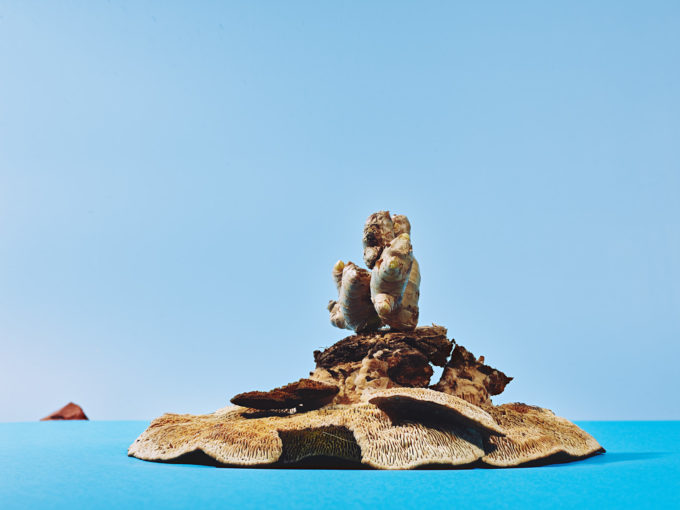
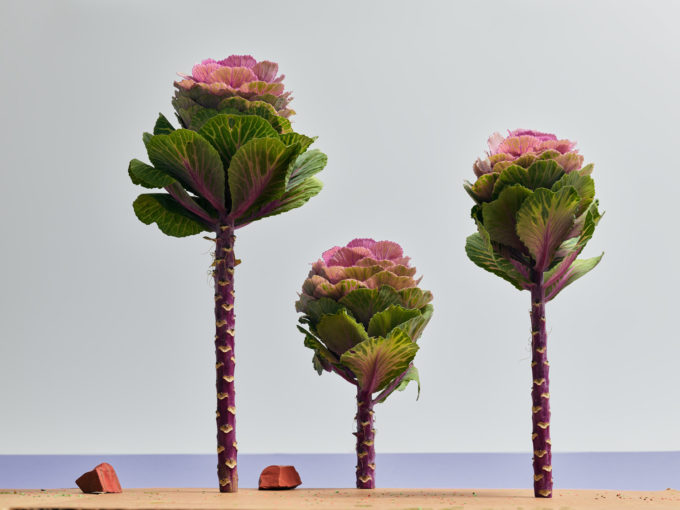
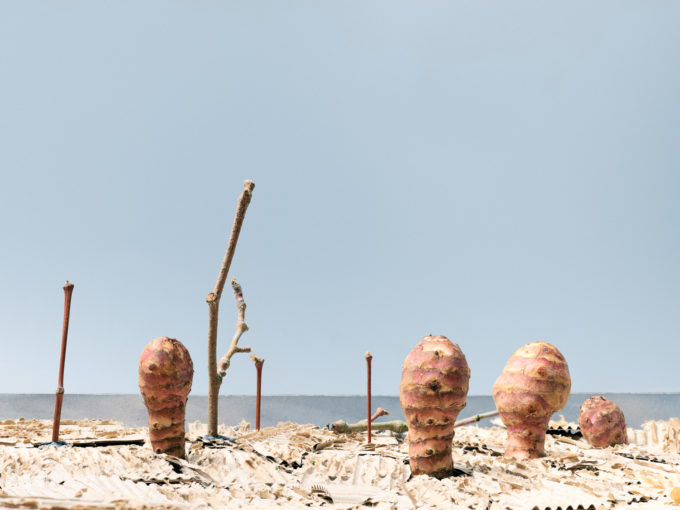
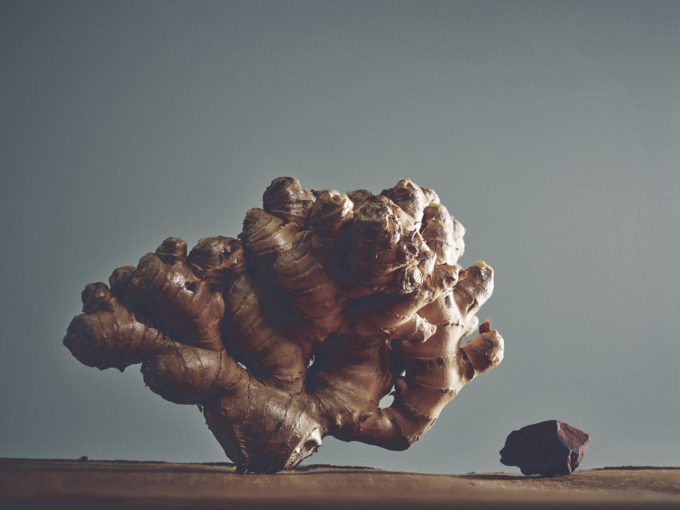
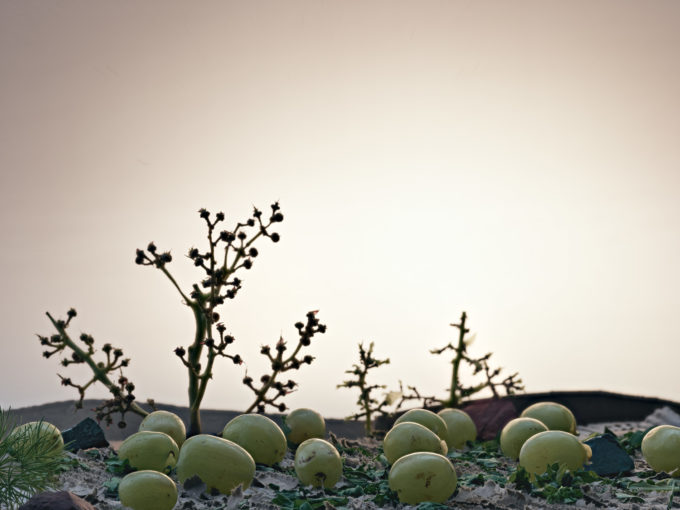
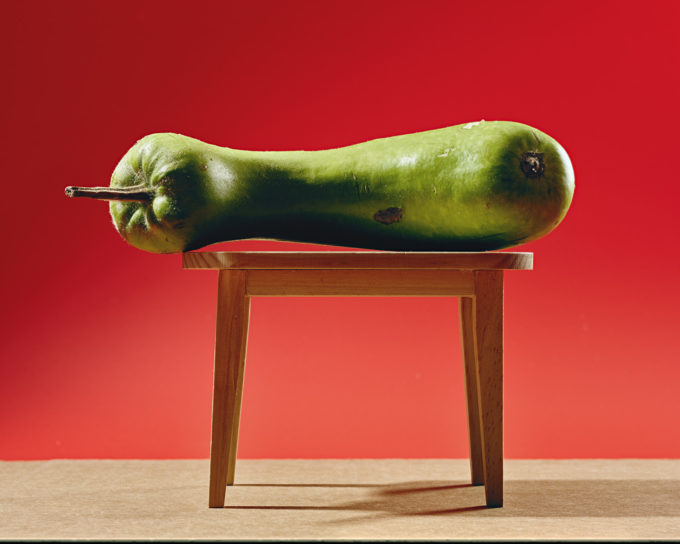
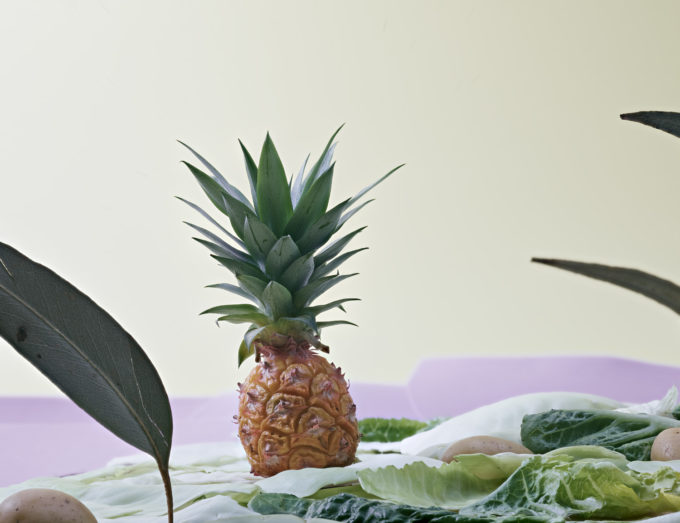
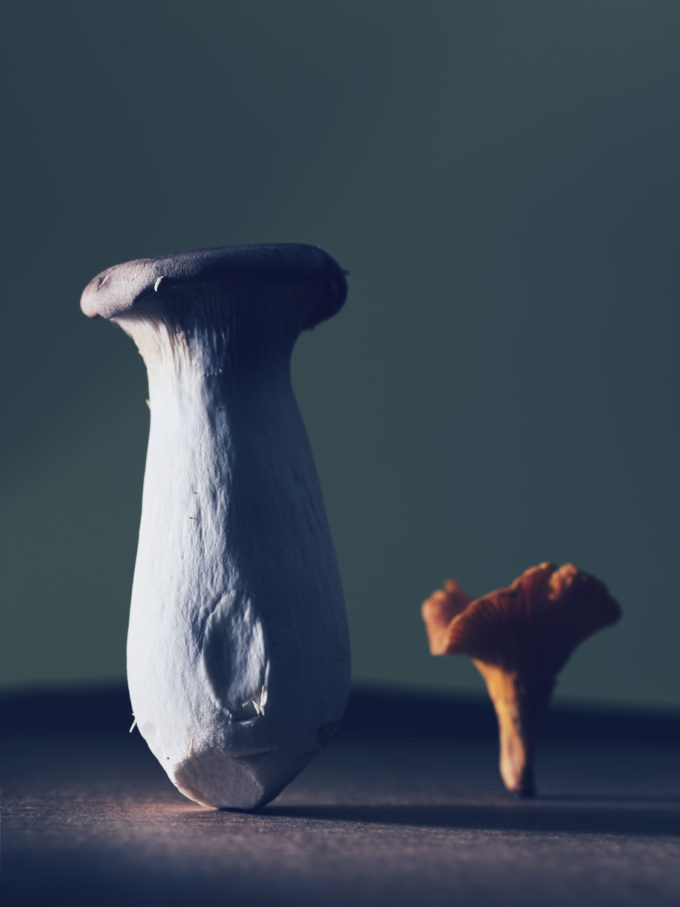
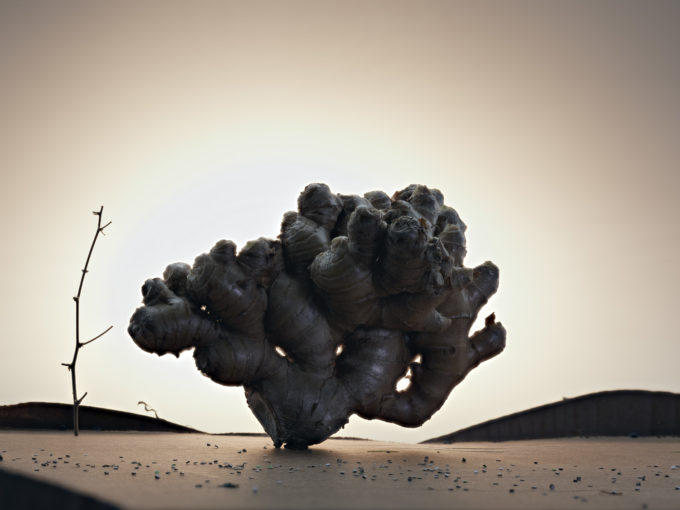
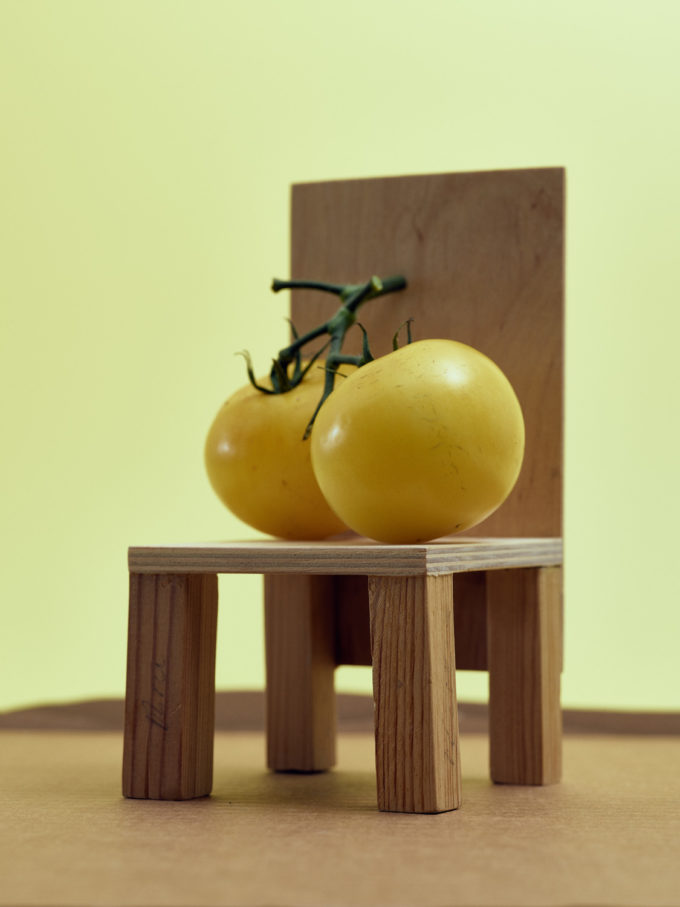



This is a bit of a test comment, because the last time I tried to do this, the comment disappeared. I just wanted to thank the three people who have posted so far, whose kind comments are definitely appreciated!
I enjoy doing environmental portraiture, but thanks to my hernia, have been house-bound for almost four months. I’m better now, but in the meanwhile, discovered this cool subject matter in the contents of my refrigerator. I’m having loads of fun shooting these. It would be somewhat ironic if, after shooting fashion in Thailand, landscapes in Scotland and Switzerland, and portraits all over the Netherlands, I wind up doing these kinds of shots.
Fantastic images, and Cucumber odalisque….I nearly fell off my chair. Fabulous!
These photos are truly unique. Thanks for sharing!
Thanks James! I’ll take a look at Colossal. I’ve thought of making an animation out of these also–I was an animator when I worked in Hollywood, so it’s a natural direction to take.
Best,
AP
What a fascinating article and approach to your work! I can see this translating well into some kind of animated movie, something Laika would make! Not the camera Leica, the other one!! Thanks for sharing, wonderful stuff. You should definitely post this to Colossal too. Much like here there’s a great community / audience there, for the weird and wonderful especially!